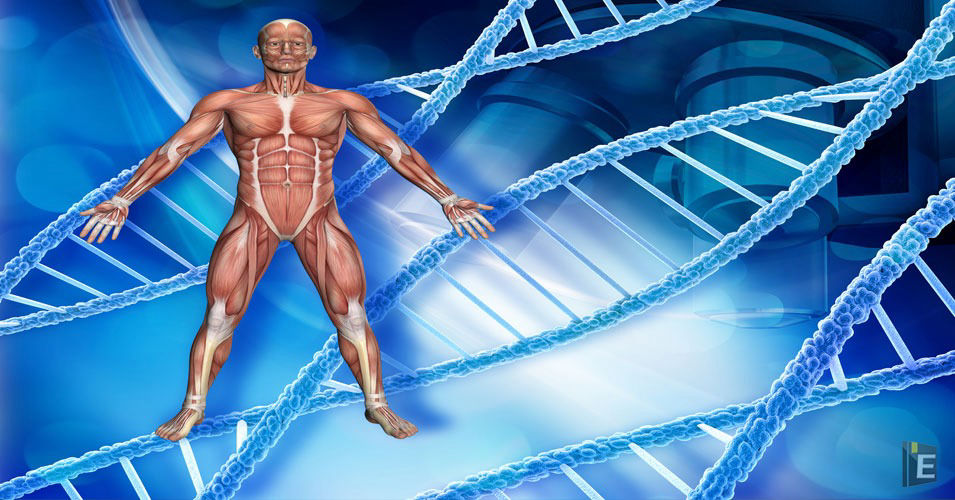Top 100 Biology GK Questions

Which of the following diseases is caused by insulin deficiency or insulin resistance?
(A) Diabetes
(B) Flu
(C) Cough
(D) Beri Beri
Correct Answer : A
Which of the following diseases is caused by fungus?
(A) Ringworm
(B) Diarrhoea
(C) Small pox
(D) Polio
Correct Answer : A
A/an ______ is any substance that causes your immune system to produce antibodies against it.
(A) protein
(B) glucose
(C) platelet
(D) antigen
Correct Answer : D
What is the full form of OCD?
(A) Obesity-Compulsive Disorder
(B) Obsession-Controlling Device
(C) Obesity-Controlling Device
(D) Obsessive-Compulsive Disorder
Correct Answer : D
Match the columns.
Nutrients Examples
a. Protein I. Calcium, Phosphorous
b. Carbohydrates II. Cholesterol
c. Fat III. Glucose
d. Minerals IV. Myosin
(A) a-i, b-iii, c-ii, d-iv
(B) a-iii, b-iv, c-ii, d-i
(C) a-i, b-ii, c-iii, d-iv
(D) a-iv, b-iii, c-ii, d-i
Correct Answer : D
Explanation :
Explanation:
Nutrient Example
Protein Myosin
Carbohydrate Sugar
Fat Cholesterol
Minerals Calcium, Phosphorus
1. Protein is one of the essential nutrients for the body. It is essential for building and repairing muscles, skin, hair, nails and other tissues. Myosin is a protein responsible for muscle contraction.
2. Carbohydrates are the main source of energy for the body. They are found in the form of starch, glucose and fiber. Sugar is a type of carbohydrate that is easily digested by the body and provides energy.
3. Fats are essential nutrients for the body. They help keep the body warm, produce hormones, and build cell walls. Cholesterol is a type of fat made by the body. It is essential for the body, but in excess can cause health problems.
4. Minerals are essential nutrients for the body. They form structural components of the body, help produce hormones, and regulate body functions. Calcium and phosphorus are two important minerals that are necessary for the formation of bones and teeth.
Plants that do not have well-differentiated body design fall in this group. The plants in this group are commonly called algae. These plants are predominantly aquatic.
(A) Bryophyta
(B) Angiosperms
(C) Thallophyta
(D) Pteridophyta
Correct Answer : C
Explanation :
1. Plants in the Thallophyta group are commonly called algae.
2. Thallophyta group includes such plants which are produced without embryo.
3. This group includes algae and fungi. Other plants are included in Embryophyta.
4. Pteridophyta includes plants with vascular tissue.
Which of the following body parts is directly affected in the disease called rickets?
(A) Eyes
(B) Tongue
(C) Spleen
(D) Bones
Correct Answer : D
Explanation :
1. Rickets is a bone disease caused by vitamin D deficiency.
2. Due to rickets, the absorption of calcium and phosphorus in the bones decreases.
3. The solution to protect exclusively breastfed babies from this disease is Vitamin D supplements.
Who explained the structure and reproductive system of algae in 1935?
(A) MOP Iyengar
(B) FE Fritsch
(C) William Henry
(D) Carolus Linnaeus
Correct Answer : B
Explanation :
1. Explain the structure and reproductive system of algae in 1935. It was from F. E. Fritch.
2. The study of algae is known as phycology. It is also known as Algology.
3. Algae are largely aquatic (both fresh and sea water) organisms, which are chlorophyll bearing, simple, thalloid and autotrophic in nature.
Which of the following factors is responsible for the disease called 'Mad Hatter's Disease'?
(A) Inhalation of iron dust
(B) Inhaling silica dust
(C) Mercury poisoning
(D) Vitamin-D deficiency
Correct Answer : C
Explanation :
1. Mercury poisoning is responsible for which of the following diseases called 'Mad Hatter's Disease'?
2. Mad Hatter's Disease is a form of mercury poisoning that affects the brain and nervous system.
3. There is a risk of mental and behavioural changes, such as confusion, hallucination, and irritability etc. in this disease.
Which is a specialised excretory cell found in Platyhelminthes that acts like a kidney, removing waste material through filtration?
(A) Fat cell
(B) Flame cell
(C) Stem cell
(D) Sponge cell
Correct Answer : B
Explanation :
1. Which is a special excretory cell found in Platyhelminthes which acts like a kidney, and the flame cell does the work of removing waste material through filtration?



